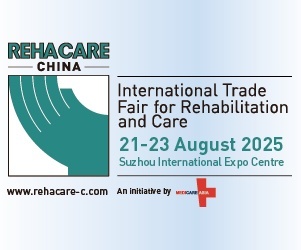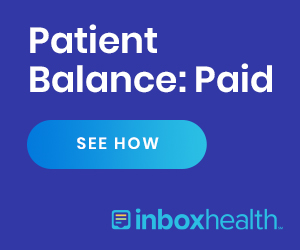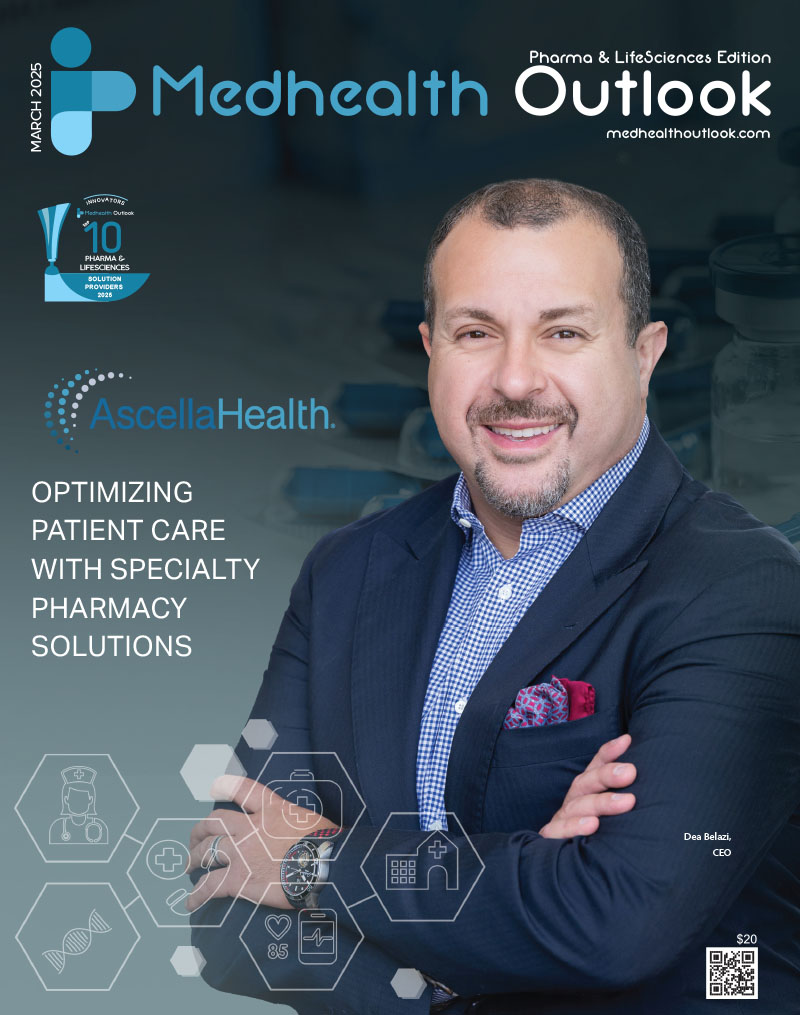The fast track world we live in comprises of drive thru restaurants, pre ordered immediate pick-ups and almost everything being done online. In the midst of this is the cumbersome medical services with its multiple responsibilities and formalities. We have been seeing more and more patients in health system getting weary and impatient. Whether it is trying to get a same day appointment, being able to go to an urgent care or waiting in the emergency room, a sick patient may face many barriers. Most of the time, the emergency and urgent cares are used by younger age group population instead of primary care because of their access during off work hours. Almost one-third of emergency room visit are apparently for non-urgent reasons.1 Most of these visits are avoidable. Health systems are trying to cope with this issue with different processes including, increasing access to urgent care, setting triages within emergency to triage to urgent or emergent care, emergency check in from home through internet etc.2, 3 Urgent care implementations had shown to significantly decrease emergency visits especially in adult and elderly population.3However, urgent care being a separate entity may not have access to information about patients’ chronic medical problems. And hence could not take into account these factors for treatment. Further after urgent care visit, depending on the type of symptoms, patient may still need to follow up with their primary. On the other hand, primary care providers could potentially have difficulty in getting records from urgent care in a timely fashion. More recently, some primary care practices have started extended hours to accommodate people to be seen during off work hours. This improves access for the patients for non-emergent problem. Further collaboration of primary care with urgent care with same health electronic system could also improve coordination of care for patients with chronic medical problems presenting with acute problem. One of the initiatives of health system is patient-centered medical home (PCMH) that ensures improved patient health care access and satisfaction. One of the goals of patient-centered medical home is to reduce patient care fragmentation. It has also led to reduced healthcare cost.4The concept of patient-centered medical home is still evolving.
In this setting, is the implementation of theCurrent Procedural Terminology (CPT) 2021 coding that emphasizes on severity of patient care with lesser focus on documentation requirements. It gives importance and scope for additional reimbursement for longer visits based on time spent and interventions for social determinants of health. It may be beneficial in the same line to add modifiers for extended clinic hours /off work clinic hours to be eligible for additional reimbursement. This may incentivize some practices to allow extended hour clinic operations. Some of the younger generation physicians who are inclined for more work life balance or interested in outpatient care as a supplement to hospitalist medicine may collaborate on these initiatives. This may be a more holistic approach to integrate primary care with urgent care with same medical record system. Further PCMH may add further requirements in a phased fashion recommending health systems to have same electronic system that covers primary care, urgent care, extended care clinic, emergency rooms, a pharmacy system and hospitals within its system to be eligible for higher bundled payment. Any PCMH patient should have access to any of these systems. Some health systems are accomplishing these interventions, though with enrollment of higher private insurances. These requirements may have to set some minimum enrollment requirement for Medicaid and Medicare.This populations-based approach may also help mitigate a considerable part of social determinants of health including socioeconomic situation, transportation, health literacy and digital divide. Patients from younger age group or elderly patients who rely on younger family members for transportation to primary or specialty care clinic may have barriers to access care during work hours. This could lead to patients running out of medications and not completing appropriate testing with consequent urgent care or emergency visits. This may be termed more appropriately as avoidable emergency visits as compared to urgent problem related visits. Telehealth expansion with insurance coverage due to Coronavirus disease of 2019 (COVID)has also helped with improving access in some of these patients. Yet, for acute problem, most patient may still need to be seen for better medical assessment.
In summary, avoidable and inappropriate emergency visits and health system fragmentation are important problems faced by population health systems. Incentivizing same day visit, urgent care collaboration and extended clinic hours by additional reimbursement could mitigate this problem with improving patient health. Evolving patient centered medical home to population centered medical home by implementing same electronic health system across continuum of care from primary care to urgent care to emergency room and hospital would further decrease care fragmentation.
- Rocovich, C.; Patel, T., Emergency department visits: Why adults choose the emergency room over a primary care physician visit during regular office hours? World Journal of Emergency Medicine 2012,3 (2), 91.
- Adie, J.; Graham, W.; Wallis, M., Entry Points to the Health System: a review of the emerging community models for management of non-life threatening urgent conditions relevant to Australia. Asia Pacific Journal of Health Management 2017,12 (2), 9-16.
- Pacheco, J.; Cuadrado, C.; Martínez-Gutiérrez, M. S., Urgent care centres reduce emergency department and primary care same-day visits: a natural experiment. Health policy and planning 2019,34 (3), 170-177.
- https://www.ncqa.org/programs/health-care-providers-practices/patient-centered-medical-home-pcmh/ (accessed 08/05).


















